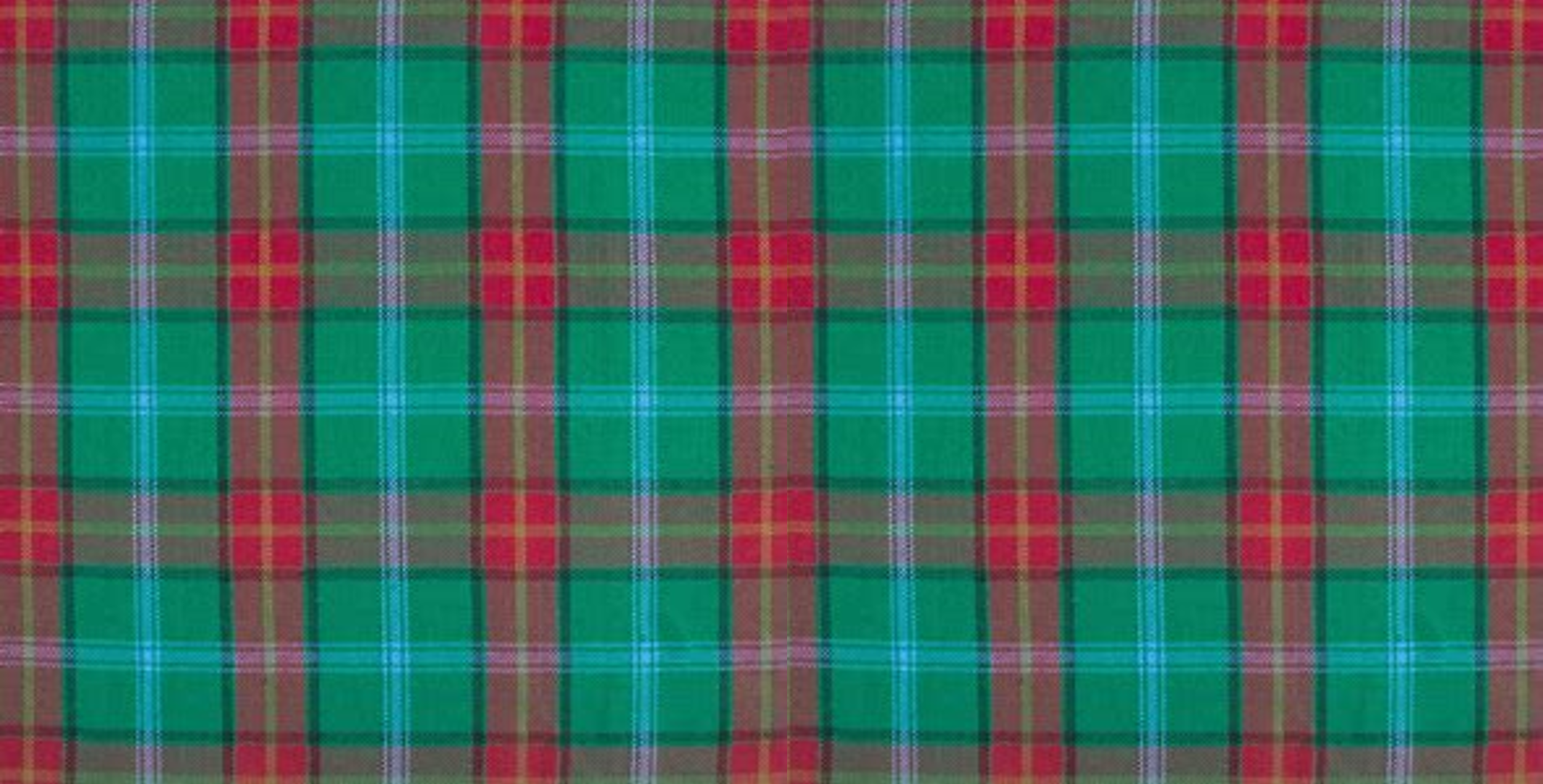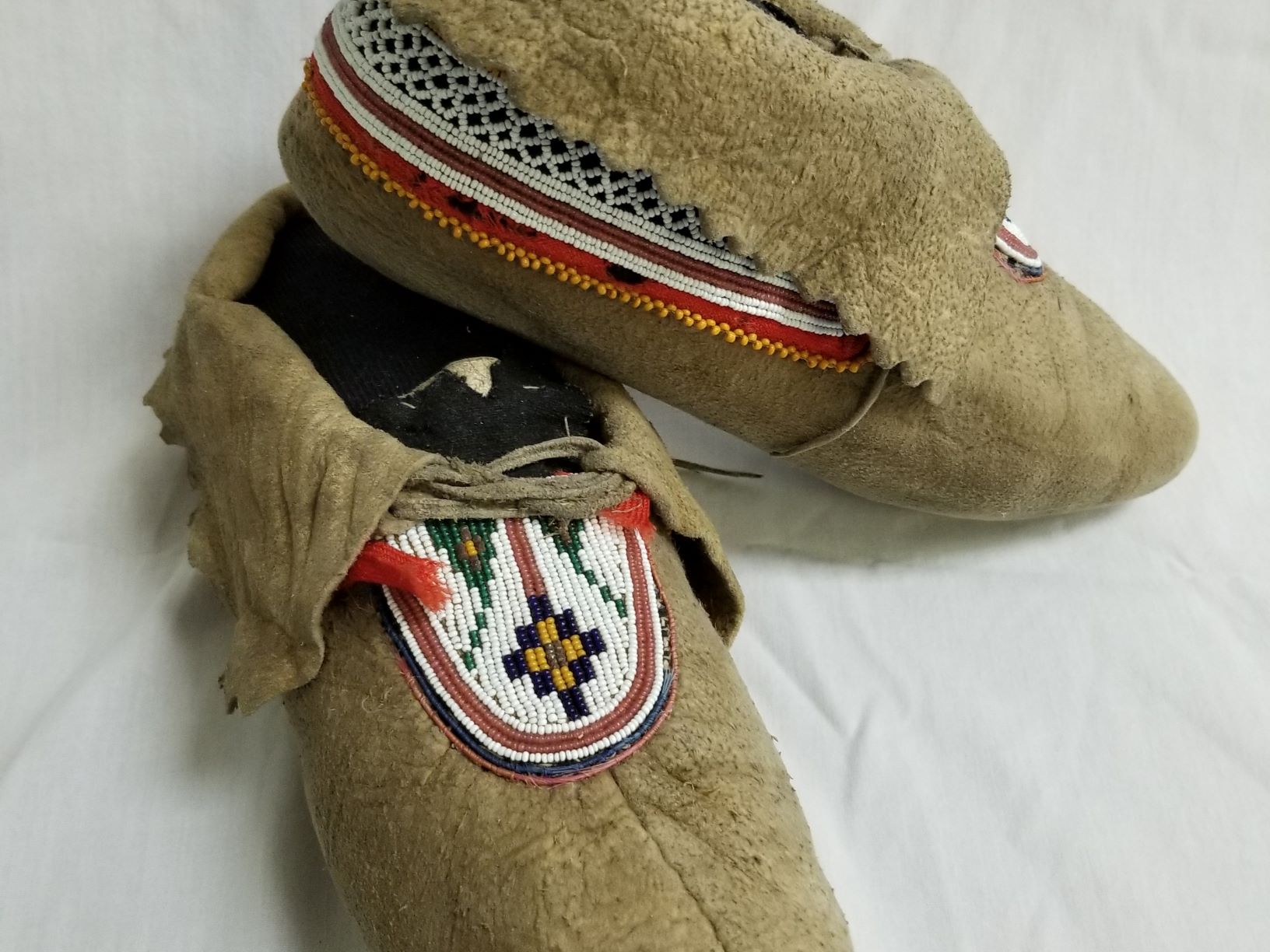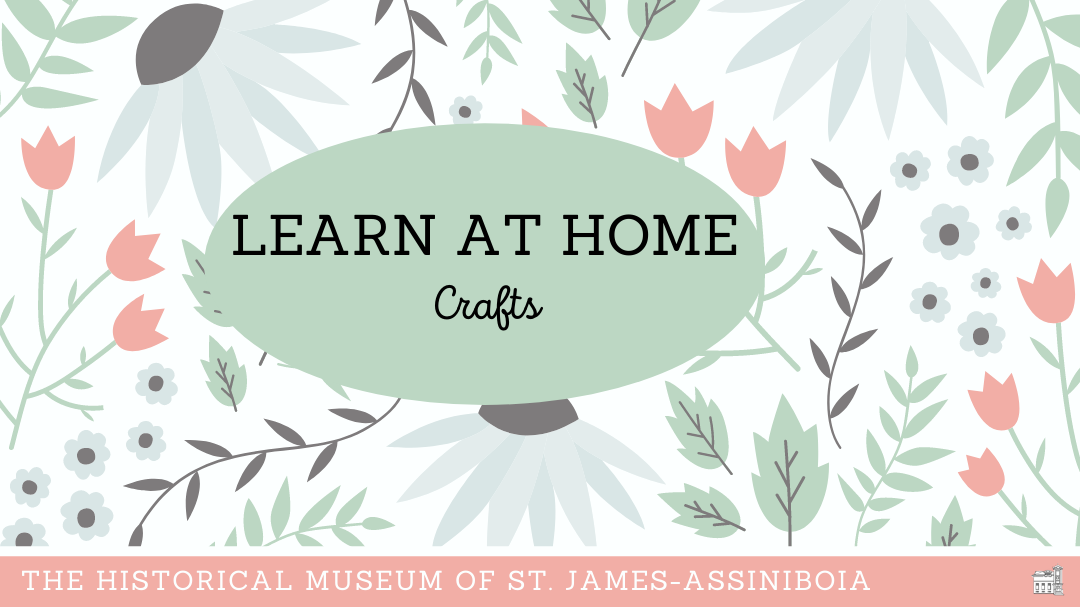Winnipeg’s Pride
In 1987 Manitoba passed the Human Rights Code, protecting against discrimination based on sexual orientation. This decision prompted the first official Pride March in Winnipeg. A celebration that has continued throughout the years.

On August 2, 1987, a group waited outside the Manitoba Legislative Building to hear the results of the vote on whether to include sexual orientation in the Manitoba Human Rights Code. It was decided that if they voted in favour they would march in celebration, if not, they would march in protest.
In the decades leading up to this decision, Winnipeg had developed a rich queer history. An important part of Winnipeg’s queer culture was the creation of queer meeting places. Queer meeting places were essential to early queer culture because being discovered could have you attacked or arrested. One of these queer meeting places developed at the bottom of the hill behind the Manitoba Legislative building with a view of the golden boy, which became a symbol to the community. Read more about this by checking out CBC’s podcast The Secret Life of Canada: The Golden Boy.
In 1973 Chris Vogel and Rich North became the first gay couple to apply for a marriage licence in Canada. Although the Manitoba government denied their request, Reverent Norman Naylor of the Unitarian Universalist Church of Winnipeg officiated their wedding. When the provincial government refused to register their wedding, they began a long legal battle to have their marriage recognized.
All this lead to the decision in 1987 when Manitoba passed the Human Rights Code, protecting against discrimination based on sexual orientation. (It wasn’t until 2012 when Manitoba’s Human Rights Code Amendment Act was passed, that gender identity was added to the list of protected characteristics.) This Code replaced the Human Rights Act passed in 1970. This decision prompted the first official Pride March in Winnipeg. A celebration that has continued throughout the years.
Although this was a moment that marked great progress for the LGBTQ2SIA+ community, there was still a great deal of prejudice and, according to Pride Winnipeg, a few people in the first march wore paper bags over their heads to conceal their identity.
The fight for equality continued and in 2004 Manitoba became the fifth province in Canada to legalize same-sex marriage, doing so almost a year before the federal government legalized it across Canada. (Canada became the fourth country in the world and the first outside Europe to legalize same-sex marriage.)
Header Image: A still shot from CBC’s documentary, ‘One Gay City: A History of LGBT Life in Winnipeg.’































